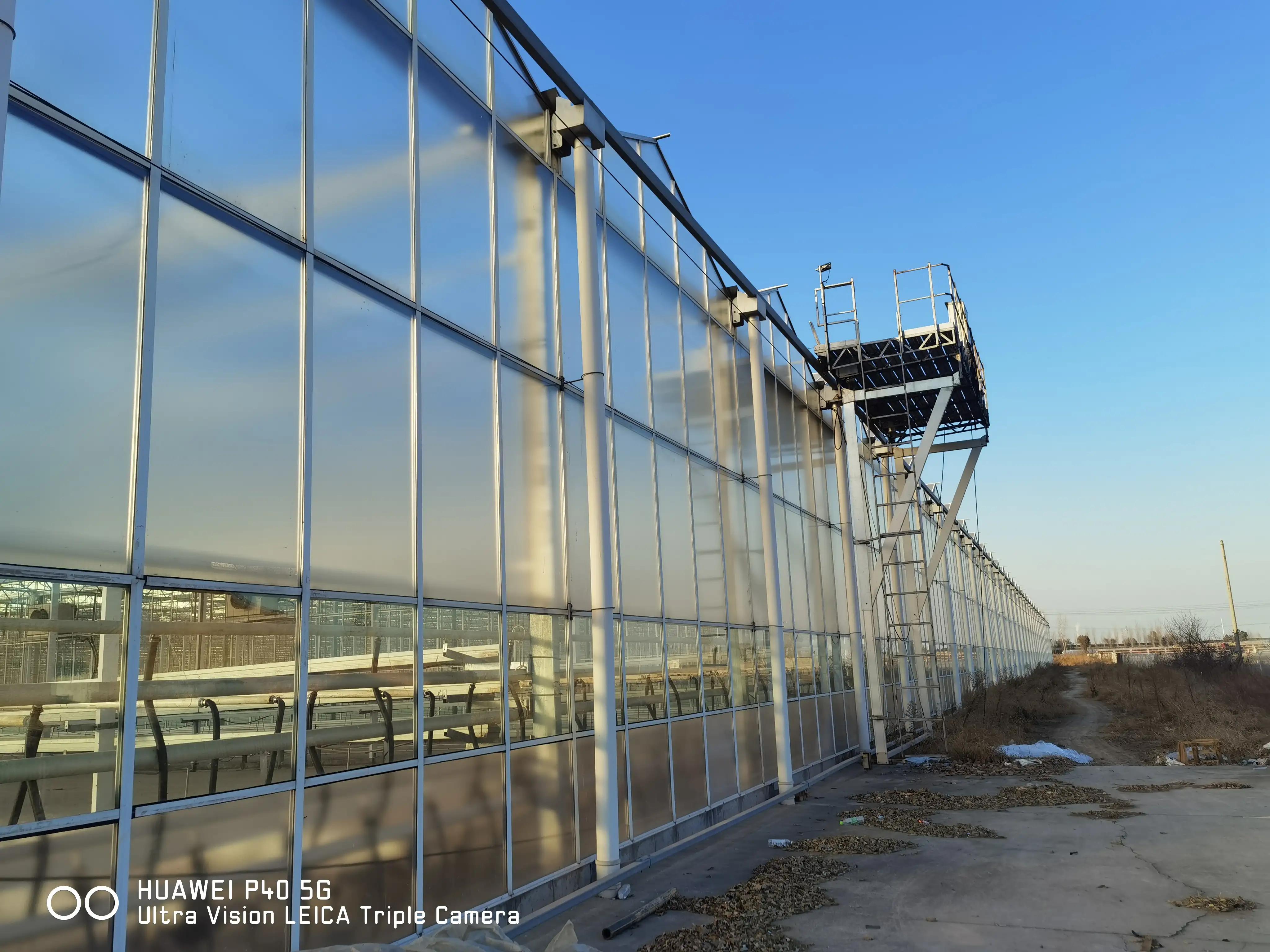
In Bo'ai County, Jiaozuo City, Henan Province, there is a modern greenhouse covering an area of 100 acres. According to the person in charge, one wintering tomato is planted here every year. The average mu production capacity reached a staggering 80,000 catties. And the quality and taste are very satisfactory.
Today we will take a look at what are the key factors that can achieve such yield and quality.
As we all know, as far as the current scientific community research and cognition are concerned, the necessary elements for plant growth are carbon C, hydrogen H, oxygen O, nitrogen N, phosphorus P, potassium K, silicon Si, calcium Ca, magnesium Mg, sulfur S, iron Fe, manganese Mn, boron B, zinc Zn, copper Cu, molybdenum Mo, chlorine Cl, sodium Na, nickel Ni a total of 19 essential elements.
According to the division standards of our country
Carbon, hydrogen, oxygen, nitrogen, phosphorus, potassium, and silicon are a large number of elements.
Calcium, magnesium, sulfur are medium elements.
The rest are trace elements.
What are required elements?
According to the barrel theory, one of the above elements. Lack or inadequacy can lead to reduced or no-shows. And there is irreplaceability.
Among them, the three elements of hydrocarbon account for more than 96% of the total demand. In other words, more than 96% of the production produced (if all other elements are sufficient) is determined by the three elements of carbon, hydrogen and oxygen. The three elements of carbon, hydrogen and oxygen are all provided by CARBON DIOXIDE and water H2O. In our actual agricultural production and management, water management attaches great importance to it. Most of them can also be adequately supplied. However, carbon dioxide is often overlooked or even not the concept. In fact, carbon dioxide is the most critical factor in increasing production and improving quality in agricultural production.
Let's talk about carbon dioxide. Role in agricultural production.
First, we need to correct an idea. Carbon needed during plant growth. All comes from carbon dioxide in the air. In other words, carbon dioxide is the only source of carbon needed for plant growth, and it is absorbed through leaves. The roots do not absorb carbon from the organic matter in the soil.
The concentration of carbon dioxide in normal air is 0.03%, which is 300 ppm (ppm is a million units, 300 ppm is three parts per million). Left and right. If it is cultivated in a shed, the light is good. In case of poor ventilation. As plant photosynthesis progresses, the concentration of carbon dioxide decreases further.
Various research data reports indicate. For photosynthesis, plants need the most appropriate concentration of carbon dioxide is about 1200 ppm. That is to say, carbon dioxide in the air can only meet about 1/4 of the needs of crop photosynthesis. In fact, plants in the natural air have always been in a state of carbon hunger. Theoretically, if manual intervention is adopted, the demand for carbon dioxide in crops can be met. Yield and quality can be multiplied.
Well, friends! This issue will begin here. In the next issue, we will talk about how carbon dioxide is applied to agricultural production. Welcome to follow the comments and discuss them together! See you in the next issue!